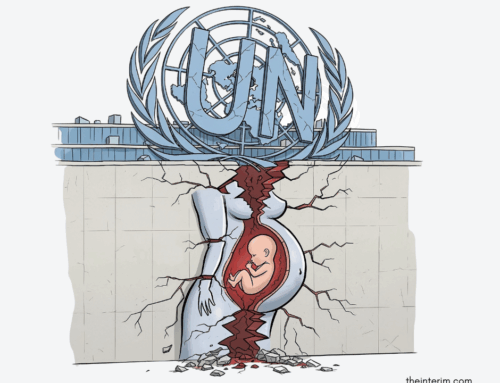Scientists have found that children from larger families may have lower divorce rates.
Sociology professor Doug Downey, assistant professor Donna Bobbitt-Zeher, and graduate student Joseph Merry from Ohio State University presented their findings at the annual meeting of the American Sociological Association on August 13, 2013. Data from the General Social Survey, which involves interviews with 57,000 American adults between 1972 and 2002, showed that having an additional sibling (up to a maximum of seven) gave additional protection from future divorce, with each brother or sister reducing the chances of divorce by 2 per cent. The association remained even after accounting for other factors such as socioeconomic status, race, and religious affiliation.
“More siblings means more experience dealing with others, and that seems to provide additional help in dealing with a marriage relationship as an adult,” said Bobbitt-Zeher in a university press release.
“Growing up in a family with siblings, you develop a set of skills for negotiating both negative and positive interactions. You have to consider other people’s points of view, learn how to talk through problems. The more siblings you have, the more opportunities you have to practice those skills,” said Downey.
Other studies demonstrated similar findings. A paper in the 2012 edition of the Sociological Spectrum journal by a team of researchers led by Yanyi K. Djamba found that a greater household size was correlated with lower divorce rates.
A report about “Family dissolution and children” from the OECD Family Database presents data from OECD countries showing that fewer divorces occur in families with an increasing number of children. Using data from Swedish registers between 1990 and 2012, Kieron Barclay and Seymour Spilerman will present a paper at the Population Association of America’s 2015 Annual Meeting indicating that marriages between two individuals with no siblings were associated with the highest rates of divorce.




